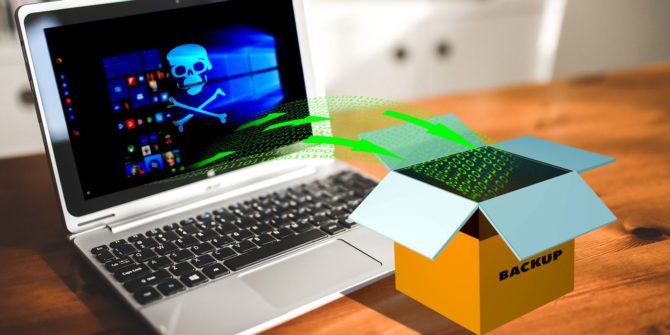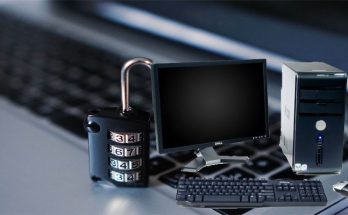Nowadays, in order to speed up the computer, many users may use various ways. In fact, since a large number of reasons can account for the slow speed of computer, it is good to handle them respectively with specific methods.
Here I would like to tell you some methods to speed up computer.
In the first place, let us learn how many files are related to defragmentation.
Continuous files are the ones that every part is restored in the same area equally in the disk. Fragmented file means that a file is scattered and put on the different places in the disk. Unmovable file means that defragmenting is unable to move them. They are the system running files. When defragmenting, it is impossible to move them, such as page file of virtual memory.
You can see what you really need to remove is the fragmented files. You can delete them manually by clicking “Start”-“Programs”-“Accessories”-“System Tools”-“Disk Defragmenter”. As for the unmovable files, you should not remove some of them, because if you do that, the system is vulnerable to go crash.
And, If it is not so easy to clear up files of some relatively large software and they can bring about more new fragments after defragmenting disk, it is better for you to move them to other disk first to defragment the current one and then move them back again after finishing it.
Besides, you can clear up the pre-reading files. Though the pre-reading settings of Windows XP can speed up system, after using for a long time, there is stacking a amount of files in the folder. It takes longer time of system to search them one by one. Much worse, some applications may create death link files that aggravate the burden of system searching. Therefore, it is necessary for you to delete those files periodically. And, such files are put under the folder of Prefetch in the Windows XP system ones. You can feel free to delete all the files under this folder.




